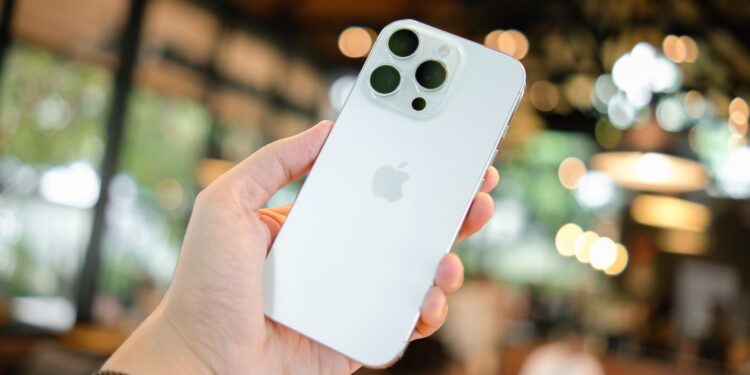Apple is currently facing a real challenge: iPhone sales in China are faltering. To counteract this, the company is increasingly relying on trade-in programs. The goal is to increase the value of old iPhones, making it easier to upgrade to a new model. But how effective are these measures really? And are they sufficient to strengthen Apple's position in the important Chinese market?
If you're interested in smartphones or live in China, you know that competition in the market is fierce. Apple has a tough time competing against strong local brands like Huawei. iPhone sales in China have declined noticeably in recent years. Retailers have already responded with steep discounts to get rid of devices. Now Apple is following suit with slightly improved trade-in offers. The right move at the right time?
Apple increases trade-in values for certain iPhones
Apple has slightly increased the trade-in prices for the iPhone 15 Pro and iPhone 15 Pro Max. Those who trade in their device can now expect the following:
- iPhone 15 Pro: up to $659
- iPhone 15 Pro Max: up to $791
Compared to previous figures, the increase is small. The iPhone 15 Pro Max is about $11 more than before, while the iPhone 15 Pro is about $5 more. These increases are minimal and offer little real financial incentive.
Background of the adjustments
Apple has long benefited from trade-in programs. You hand in your old iPhone, receive a certain amount of credit, and, ideally, decide to purchase a new model straight away. This is a double win for Apple: On the one hand, a new device is sold, and on the other, the old one can be reused or resold. However, the recent price adjustments could also be related to exchange rate fluctuations. Whether Apple planned the price increases strategically or was simply reacting to economic conditions has not been confirmed. It also remains unclear whether past generous price discounts at Chinese retailers were supported by Apple or purely financed by the retailers.
Significance for the 618 shopping season
In China, the so-called "618" shopping season is approaching, a key sales period similar to Black Friday. Apple has historically achieved strong sales during this time. It's no coincidence that the trade-in price adjustment is taking place just before this period. The company apparently wants to regain lost ground and engage customers.
Strong competition from Chinese brands
At the same time, competition is intensifying. Local providers like Huawei have caught up significantly in terms of technology and price. Many users in China no longer see much benefit in buying an iPhone. Especially in a price-sensitive market, Apple has to offer more than just a few dollars more for an old device.
Apple is setting an example – but is that enough?
The trade-in value adjustment is Apple's attempt to become more attractive again in the Chinese market. However, the increases are small and unlikely to be sufficient on their own to bring about a significant turnaround. Given the strong local competition and growing price sensitivity in the market, more comprehensive strategies are necessary to sustainably secure the market position. (Image: Shutterstock / Framesira)
- Trump threatens 25 tariffs on every imported iPhone
- Apple expands India: iPhone exports to the US doubled
- iPhone shipments in China collapse: Apple loses market share





